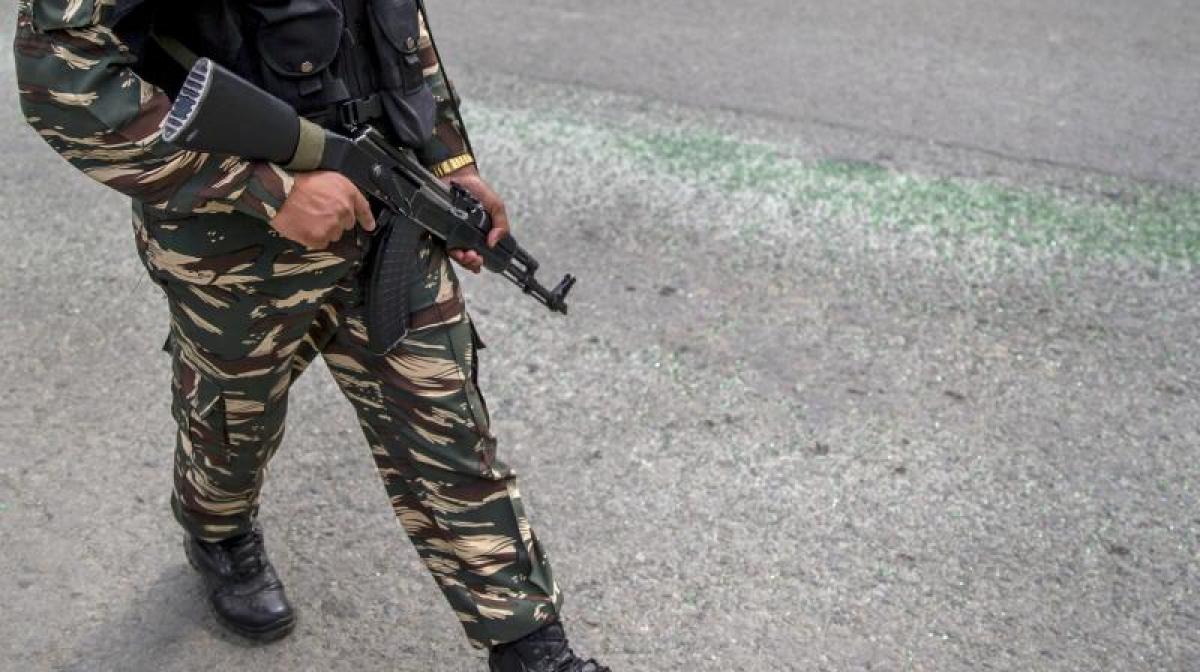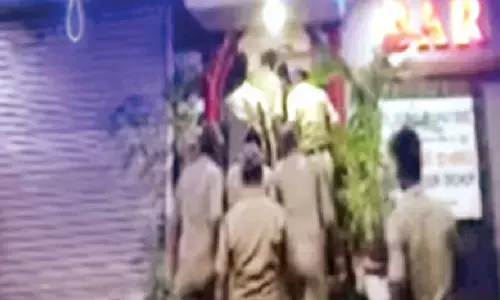Return from PoK was most difficult part, says Indian Army Major

The mission was brief — the soldiers were expected to reach their targets, study the latest intelligence they could possibly access with their satellite devices and then proceed to wipe out every man they saw there, the book says.
The surgical strikes across the LoC were precise and conducted at frenetic pace but the Major, who led the daredevil mission, says that the return was the most difficult part and bullets fired by the enemy soldiers were so close that these were whistling past the ears.
The Army Major speaks about the stunning mission in a new book being brought out on the first anniversary of surgical strikes in Pakistan occupied Kashmir.
The officer is referred to as Major Mike Tango in the book, titled India’s Most Fearless: True Stories of Modern Military Heroes.
The Army had decided to use soldiers from the units that had suffered losses in the Uri attack for the elaborate revenge mission. A Ghatak platoon was formed and soldiers from the two units that had lost men were roped in to man border posts and provide crucial terrain intelligence and support to the mission that lay ahead.
“Tactically, this was a smart move — a few knew the lay of the frontier land better than they did. But there was another astute reason.
“Involving them in the mission would at least begin to lay the ghosts of Uri to rest,” says the book.
About the details of the planning, it says, “The target list was scrutinised along a top-secret chain of command that numbered barely a handful of people, with ‘need to know’ rules applicable throughout.“The options were vetted by designated officers from the Intelligence Bureau and the Research and Analysis Wing, before a final recommended brief was presented to the government.”
Maj. Tango was entrusted with the job of leading the operation to carry out the strikes.
“As team leader, Maj. Tango had chosen every man himself, including the officers and men who would play a supporting role. He was also acutely aware of the fact that the lives of 19 men were, quite literally, in his hands,” the book says.
Though Maj. Tango chose the best men for the job, one thing was bothering him — the de-induction or the return.
“That’s where I knew I could lose guys,” the book quotes him as recalling. “Even the actual attack was not something that flustered the commandos. It was the return, an uphill trek to the LoC that was the truly daunting part.
“Their backs would be facing a blaze of fire from Pakistan Army posts, belatedly roused from their slumber. And the dominant position held by the posts would make the escaping warriors easy targets to spot and kill,” the book says.
A total of four terror launch pads operated by Pakistan’s Inter-Services Intelligence and protected by the Pakistan Army were selected.
“Through a series of masked communications over mobile, Maj. Tango’s men contacted four ‘assets’ — two local villagers in PoK and two Pakistani nationals operating in the area — both moles in the dreaded Jaish-e-Mohammed terror group, men who had been turned by Indian agencies a few years before.
“All the four assets separately confirmed the target information that was placed before them. In terms of intelligence, there was nothing further for the team to do on this side of the LoC,” the book says.
The book, written by Shiv Aroor and Rahul Singh and published by Penguin India, tells 14 true stories of extraordinary courage and fearlessness, providing a glimpse into the kind of heroism India’s soldiers display in unthinkably hostile conditions and under grave provocation.
The mission was brief — the soldiers were expected to reach their targets, study the latest intelligence they could possibly access with their satellite devices and then proceed to wipe out every man they saw there, the book says.



















